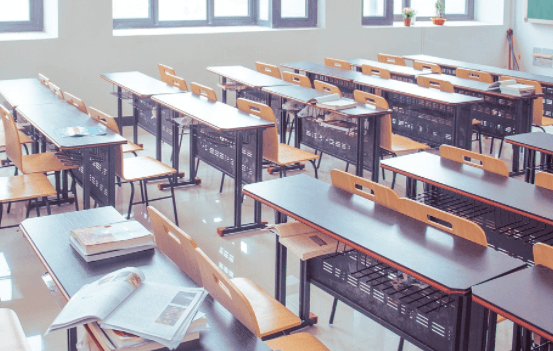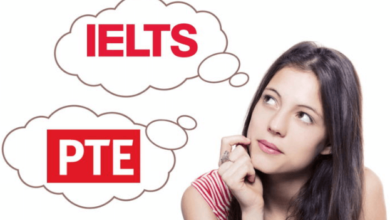Downfall of Education in Pakistan

The road to national growth is paved with education. It instills in people a sense of accountability. People who have received an education understand not just their responsibilities, but also how to exercise their national, societal, and individual rights. One of education’s goals is to empower people by raising their general awareness of their national and international status as global citizens. This understanding fosters a culture of trust and collaboration in society. People grow rich as a result of their education, and they play their different parts in the general national development. Pakistan is still a developing nation. Its economy is in bad shape. The country suffers from a lack of political stability. Furthermore, the country is beset by rising political unrest, escalating terrorism, unending sectarian conflict, social unrest, and economic decline. All of these issues are the result of a shaky, polarized, and non-unified educational system, either directly or indirectly. Pakistan is now dealing with a number of issues, including poverty, instability, sectarianism, and terrorism. The main causes of these problems include a lack of tolerance, a lack of public awareness, and illiteracy, all of which are compounded by an inadequate educational system. In Pakistan, the critical function of education has been overlooked, resulting in low progress in all areas of life. Education has been treated as if it were a second-class citizen. Since the creation of Pakistan, the education sector has received the lowest budget, eroding the foundation of excellence in the educational system. As a result, the educational system has failed to lift the country economically, politically, and socially. Even after more than 25 years and the adoption of more than 25 educational policies, the education system has failed miserably to lift the country out of its deepening economic, political, and social morass. You may also like to learn about the online Languages Tutor.
Causes of Decline
Unfortunately, the people of Pakistan have been exposed to educational double standards. It can be seen in the school system’s stratification of elite and disadvantaged students. The one that is prevalent across the country is linked to the public sector, while the other is the result of private investment. As a result, social stratification occurs. It is our misfortune that relics of the colonial age are visible in the teaching and learning methods. Although the degrees are the same, the scope of knowledge acquired by the two is far too different to compare. Students here encounter numerous challenges as a result of learning under various curricula. This has resulted in a significant schism between the two sectors. Pakistan has been a world economy’s weak economy since its start since it has no assets. Our administration has been unable to assess and distribute monies in the budget for other areas due to the dispute between India and Pakistan over Kashmir. Despite this, only 2% of GDP is dedicated to education, which is far insufficient to meet the demands of education.
Pakistan’s Educational System
Pakistan’s education system is made up of 260,903 institutions that educate 41,018,384 students with the support of 1,535,461 teachers. There are 180,846 public and 80,057 private institutions in the system. As a result, the commercial sector runs 31% of educational institutions, while the public sector runs 69%.
Pakistan’s Educational System is Examined
Pakistan has proclaimed its commitment to boosting literacy and education in the country through domestic legislation and involvement in international education efforts. National education policies, in this context, are visions that recommend solutions for increasing literacy rates, building capacity, and improving facilities in schools and educational institutions. Pakistan’s global obligations to promote literacy include the Millennium Development Goals (MDGs) and the Education for All (EFA) programs. Get the idea from the Online Pashto Language.
Conclusion
Pakistan is in the midst of a severe education crisis. Millions of Pakistani children do not attend school and those who do face a variety of problems, including absent teachers and poor learning settings. Despite the fact that this topic is regularly discussed in Pakistan and elsewhere, it is commonly misinterpreted. Each provincial government is responsible for ensuring that the number of out-of-school children is reduced. These governments must take steps to enroll these children in schools so that Pakistan’s younger generation is prepared to contribute to the country’s economic development. All political parties must focus on this critical problem in order to develop a culture of education throughout the country.





